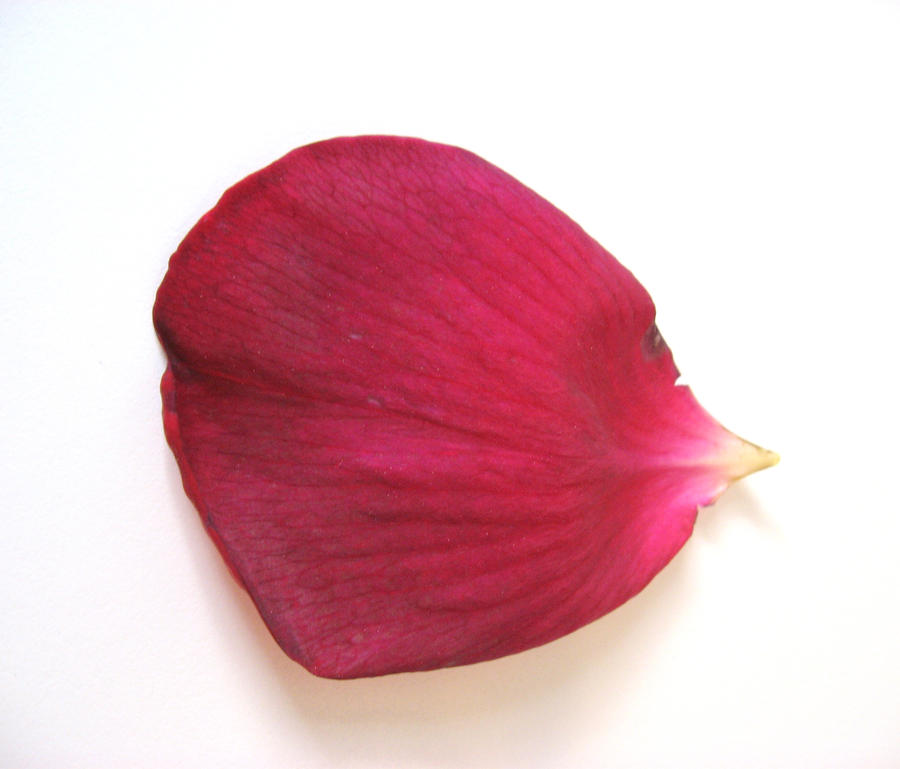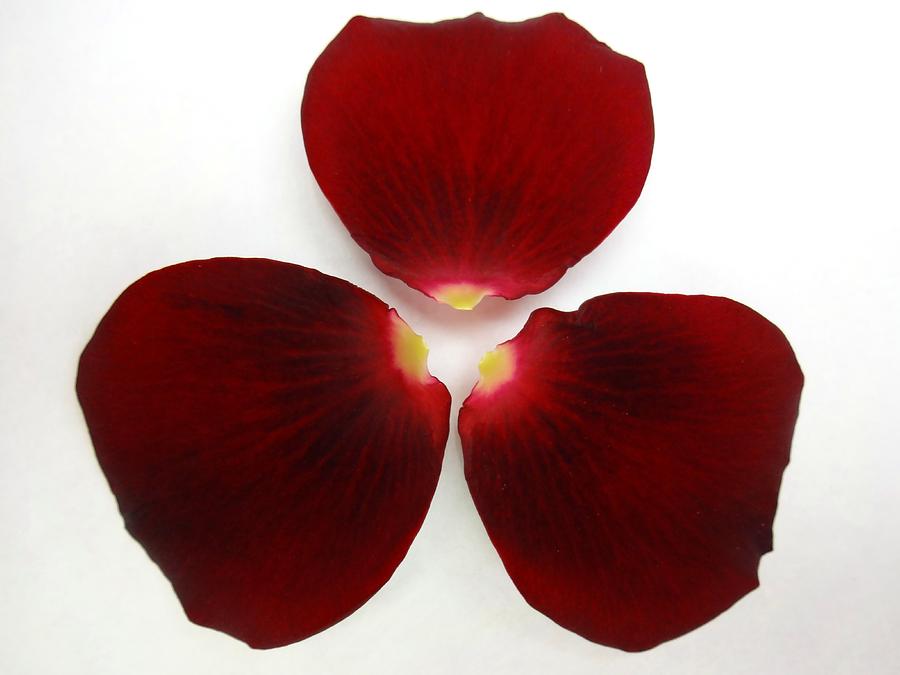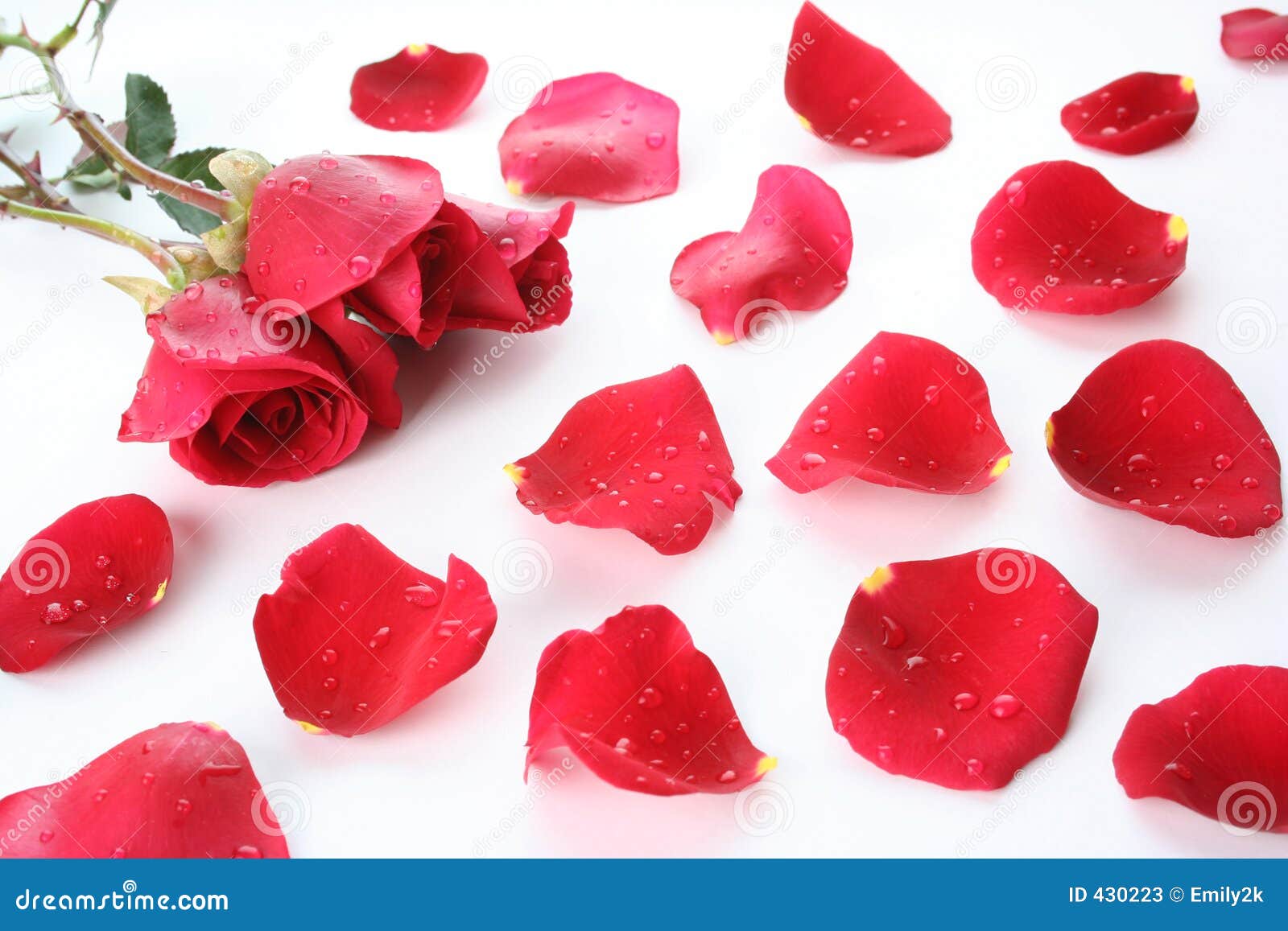Petal
A petal or Petalum (plural: petals ) is a leaf of the inner perianth in the flower of angiosperms. The totality of the petals of a flower is called a crown or Corolla. From petals is spoken only in non-uniform blossoms cases, if the perianth is differentiated into calyx and corolla, if not all bloom are similar ( then called the perianth ).
Construction
A petal is typically flat and is larger than a sepal of the same flower. It has to be addressed as a leaf organ. Phylogenetically the petals in most clans from stamens have arisen in some rather original families they are more likely originated through differentiation of a Perianths into calyx and corolla. Examples of the latter are the Magnoliaceae, Calycanthaceae and Himantandraceae. Emerged from stamens petals are anatomically recognizable by the same vascular bundle structure as in stamens.
The petals are often colored flashy and / or shaped. They usually have the function to attract insects for pollination (see entomophily ), sometimes also serve the formation or storage of nectar. Frequently, too, is enlarged downward-pointing Kronblatt and / or colored conspicuous and forms a lip or lower lip a " landing pad " for insects ( eg, violets, orchids, see also labellum ) or to secondary presentation of pollen.
Petals can grow together or be free. Verwachsenblättrige ( sympetale ) corollas are found especially in asteroids.
Like all flower organs can the petals be arranged spirally or in whorls, the former being regarded as an original feature. Due to the strong compression of the floral axis schraubige the arrangement is often difficult to detect.
The petals are in bloom between the outer sepals and located inside the following stamens. In various kinship groups, the petals are connected by gradual transitions with the sepals, as in the cactus family ( Cactaceae ) or at the Peony ( Paeoniaceae ). In other families there again transitions from petals to stamens, so for example with Nymphaea alba. The occurring in many cultivated forms double flower is based on a conversion of stamens into petals. For the genetic formation of floral organs during flower development see flowering.
Kronblattlose called apetaloide, flowers are a derived feature of the flowering plants and are commonly found in wind-pollinated ( anemophilous ) clans, such as the Salicaceae, Betulaceae, Juglandaceae, Urticaceae and Fraxinus.
Historical
The Latin term corolla goes back to Carl Linnaeus, who first used it in 1735; previously had been customary in Latin flos ( " flower "). The German term crown is old- leading, in 1781, he finds himself so in Caroli a Linné Gisekes Termini botanici. The Latin equivalent of crown would actually corona. The minifying form corolla literally means " crown " or " wreath ".
Evidence
- Flower









